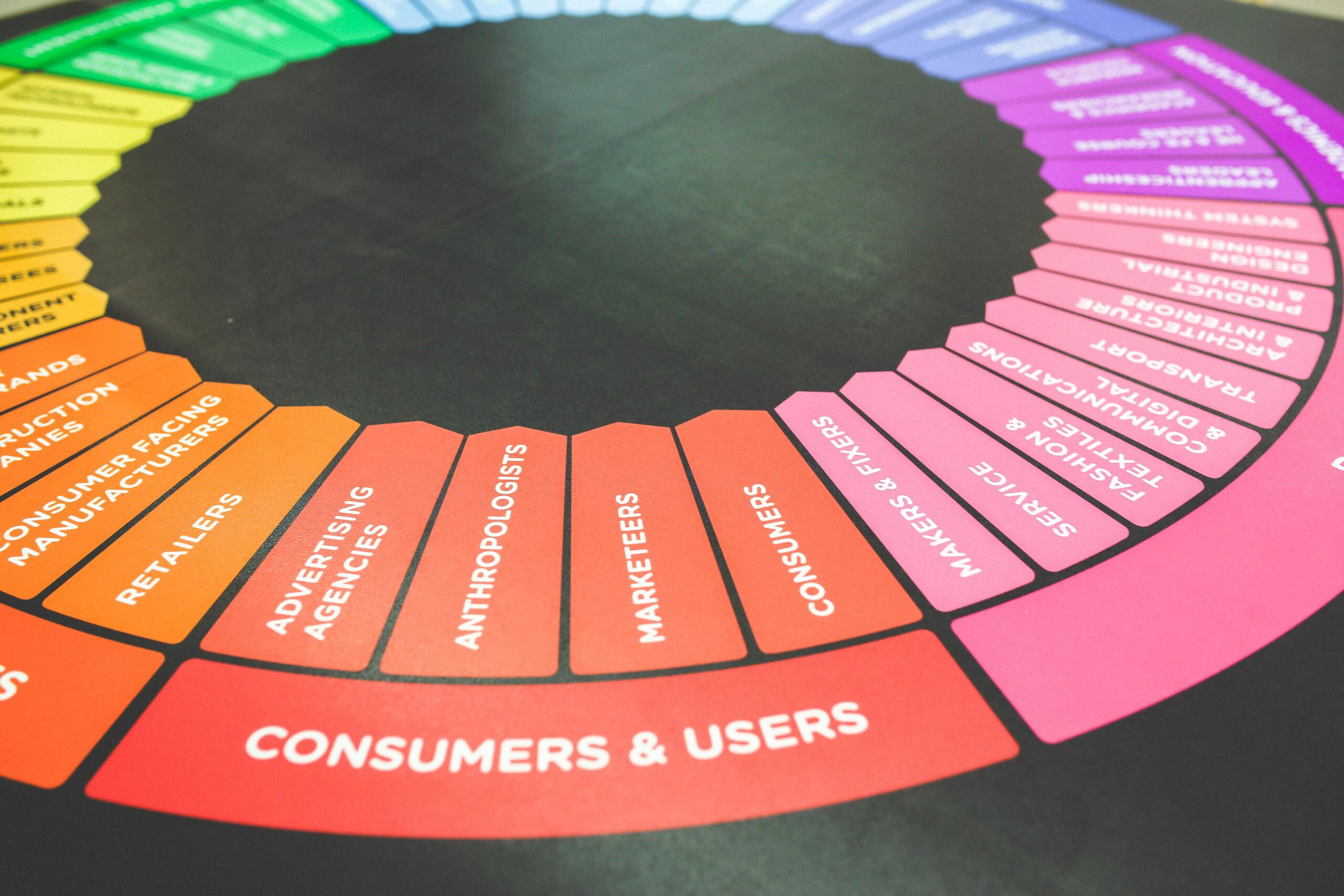In today’s competitive business landscape, a strong online presence is crucial. But when it comes to building brand awareness and attracting customers, many get confused by the terms “marketing” and “advertising.” While both play essential roles in promoting a business, they serve distinct purposes. Let’s delve into the key differences between marketing and advertising to empower you to leverage this powerhouse duo effectively.
Marketing: The Grand Orchestrator
Think of marketing as the grand conductor of an orchestra. It encompasses all the strategies and activities aimed at understanding your target audience, crafting a compelling brand message, and promoting your products or services. Here’s a breakdown of marketing’s key functions:
- Market Research: Marketing starts with research. This involves understanding your target audience, their needs, pain points, and buying habits. Jlytics, a data consultancy service, can be a valuable partner in this phase, helping you gather and analyze customer data to create a detailed buyer persona.
- Product Development & Branding: Marketing plays a crucial role in shaping your product or service offering. Through market research, you can identify customer needs and tailor your product development accordingly. Additionally, branding, which includes your logo, messaging, and overall identity, falls under the marketing umbrella.
- Marketing Mix (4 P’s): This classic marketing framework outlines the four key elements to consider: Product, Price, Place, and Promotion. Marketing strategists use the 4 P’s to ensure your product reaches the right audience at the right price and through the most effective channels.
- Content Marketing: Creating valuable and informative content is a core marketing strategy. This could involve blog posts, social media content, infographics, videos, or even webinars. The goal is to educate your audience, build trust, and establish yourself as a thought leader in your industry.
Advertising: The Spotlight Moment
Now, let’s turn our attention to advertising. Imagine advertising as a single, powerful instrument within the orchestra. While marketing sets the overall strategy, advertising focuses on delivering a specific message to a targeted audience through paid channels. Here are some key features of advertising:
- Paid Placement: Advertising involves paying for space or time to showcase your message. This could include online ads, television commercials, print advertisements, or sponsorships.
- Targeted Reach: Advertising platforms allow you to target specific demographics, interests, and online behavior. This ensures your message reaches the most relevant audience for your product or service.
- Short-Term Focus: Advertising campaigns are often designed to achieve specific goals within a defined timeframe. The aim might be to generate brand awareness, increase website traffic, or drive a surge in sales for a particular product.
The Synergistic Power of Marketing and Advertising
Here’s the magic: marketing and advertising work best when they work together. Marketing lays the groundwork by defining your target audience, crafting your brand message, and identifying the most suitable marketing channels. Advertising then amplifies your message through paid placements, reaching a wider audience and driving specific actions.
Think of it this way: Your marketing strategy is the roadmap for your brand, and advertising is the vehicle that takes you to your destination.
How Ambient Array Marketing Can Help
At Ambient Array Marketing, we understand the power of a cohesive marketing and advertising strategy. Our team of experts can help you develop a comprehensive marketing plan that defines your target audience, positions your brand effectively, and identifies the most impactful marketing channels. Additionally, we can create and manage targeted advertising campaigns that deliver your message to the right people at the right time.
Don’t let your brand get lost in the noise. Contact Ambient Array Marketing today! We’ll help you harness the power of marketing and advertising to achieve your business goals and build a loyal customer base.


